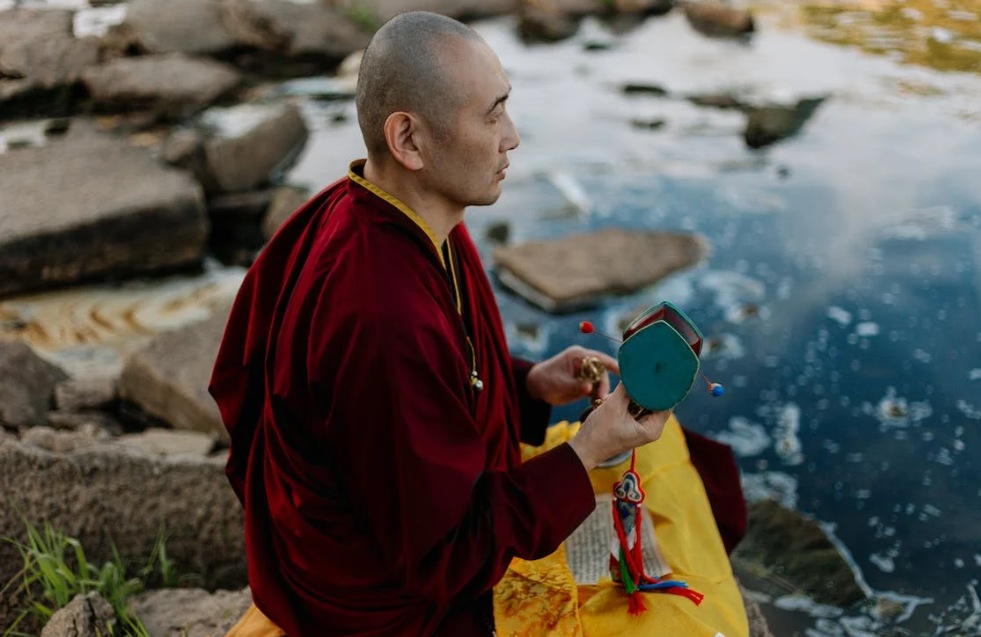Meditation Journey
Learn about the meditation journey and how to use it to achieve your objectives.

Selfpause Affirmation App
Download the app to get 1,000’s of affirmation meditations and everything you need to write, record and listen to your own.
Regardless of your age and experience level, you can learn how to meditate. There are several different techniques available, including Mindfulness meditation and Mantra recitation. You can find these methods on YouTube and in books. It’s also a good idea to keep an open mind when starting your journey. Often, the best way to learn about meditation is to start small and humble yourself.
Mindfulness meditation

The Mindfulness meditation journey is a journey of awareness and curiosity. By allowing ourselves to be curious, we can learn to be more present and less anxious in life. This journey is a personal one, and you can choose what works for you. Here are a few suggestions to help you on your journey.
Stress is a major problem in our society. Many people are so overwhelmed by their lives that they have trouble focusing on the present. This can lead to a variety of health problems, including high blood pressure, depressive symptoms, and insomnia. According to the Centers for Disease Control and Prevention, over 55% of adult Americans report feeling stressed and 48% are suffering from insomnia or other sleep disorders. In order to reduce our stress, we must learn to be more aware of what we’re doing and why. We need to understand that the Mindfulness meditation journey is not a one-time thing; it requires regular practice and persistence.
Practicing mindfulness can be intimidating at first, but it can become easier with practice. Even if you don’t find meditation fun or relaxing, you need to remain dedicated to it and remember that everything you experience is a result of the thoughts and emotions of your mind.
Mantra recitation

Mantra recitation during a meditation journey is a good way to focus your mind during practice. Reciting a mantra helps you connect your mind and body, as it brings together your sensual and emotional self. Here are some ways to make the most of your mantra recitation:
One mantra is “Om Namah Shivaya.” This mantra helps you meditate more openly because it reminds you of your holiness within. It is also effective for achieving transcendence and is easy to learn and perform. It is said to have healing and calming effects, so many people practice it daily.
Mantras are a powerful therapy tool. Western science is just catching up to the benefits of this ancient practice. The Sanskrit language is extremely sound-sensitive, and people who speak different languages have different pronunciations. This means that the recitation of mantras should be done with care, as the difference could distort the meaning.
YouTube
If you’re interested in learning more about meditation, then you’ve come to the right place. There are many videos available on YouTube, and you can learn more about them at your own pace. Meditation is a great way to improve your health and well-being and is easy to learn for beginners. You can also watch guided meditations, which are usually free.
Books

Whether you’re a beginner or a seasoned practitioner, there are many different books available to inspire your journey. Meditation is a skill that requires practice to develop and can seem difficult for those who are new to it. This is why meditation books can be a great way to get you started. Some books teach how to meditate, while others focus on the psychological aspects of meditation.
The Kindle bestseller list is long and ever-changing, but there are several excellent books that can help you on your meditation journey. For example, Salzberg’s 28-day program will teach you how to meditate and incorporate breathing techniques. Other topics covered include sensations, dealing with difficult emotions, and loving-kindness meditation. The book also includes audio files that you can use to guide yourself. Alternatively, Prout’s 200-minute meditations will help you confront your demons, including your negative thoughts and emotions.
Headspace app

The Headspace app is a popular way to track your meditation journey, and it has more than 40 million users. The app’s features allow you to map out your journey, reward yourself for successful meditation sessions, and even buddy up with friends. There are also special offers for subscribers, such as a free seven-day trial.
The app offers many different meditation programs, and its features include a meditation timer and basic mindfulness techniques. The app has been rated 5 stars in the “Mindfulness” category on Apple’s App Store. Users can also choose a narrator, and choose the length of their meditations. The app even keeps track of the number of minutes you spend meditating, and offers inspirational quotes for your daily reading.
Our Top FAQ's
To start a meditation practice, find a quiet, comfortable place to sit or lie down. You can sit on a cushion or chair with your back straight and feet planted firmly on the ground. You can also lie down on a mat or a comfortable surface. Close your eyes and take a few deep breaths to relax. Focus your attention on your breath, a mantra, or an object. When your mind wanders, gently redirect your focus back to your chosen point of focus. You can start with a few minutes of meditation and gradually increase the duration as you become more comfortable with the practice.
Common obstacles to meditating regularly include lack of time, difficulty in focusing the mind, and feeling like you’re not doing it “right.” To overcome these obstacles, try to make meditation a regular part of your routine, set aside a dedicated time and place for meditation, and be patient with yourself. It’s normal for the mind to wander during meditation, and the practice is about gently redirecting your attention back to your point of focus. It’s not about achieving a particular state of mind or getting rid of thoughts.
There’s no one-size-fits-all answer to how long you should meditate each day or how often. Some people find it helpful to meditate for a few minutes several times a day, while others prefer longer, less frequent sessions. The key is to find a practice that works for you and to be consistent. You may want to start with a few minutes a day and gradually increase the duration as you become more comfortable with the practice.
There are many different types of meditation, and which one is right for you will depend on your goals and preferences. Some common types of meditation include mindfulness meditation, which involves paying attention to your present moment experience; concentration meditation, which involves focusing on a single point of focus; and loving-kindness meditation, which involves directing well-wishes towards oneself and others. You may want to try a few different types to see which one resonates with you the most.
There are several ways to measure the effectiveness of your meditation practice. One way is to pay attention to how you feel before and after a meditation session. You may notice that you feel more calm, focused, or centered afterwards. You can also keep a journal to record your experiences during meditation and any changes you notice in your daily life. Other ways to measure progress include using a meditation app or working with a meditation teacher or mentor.
